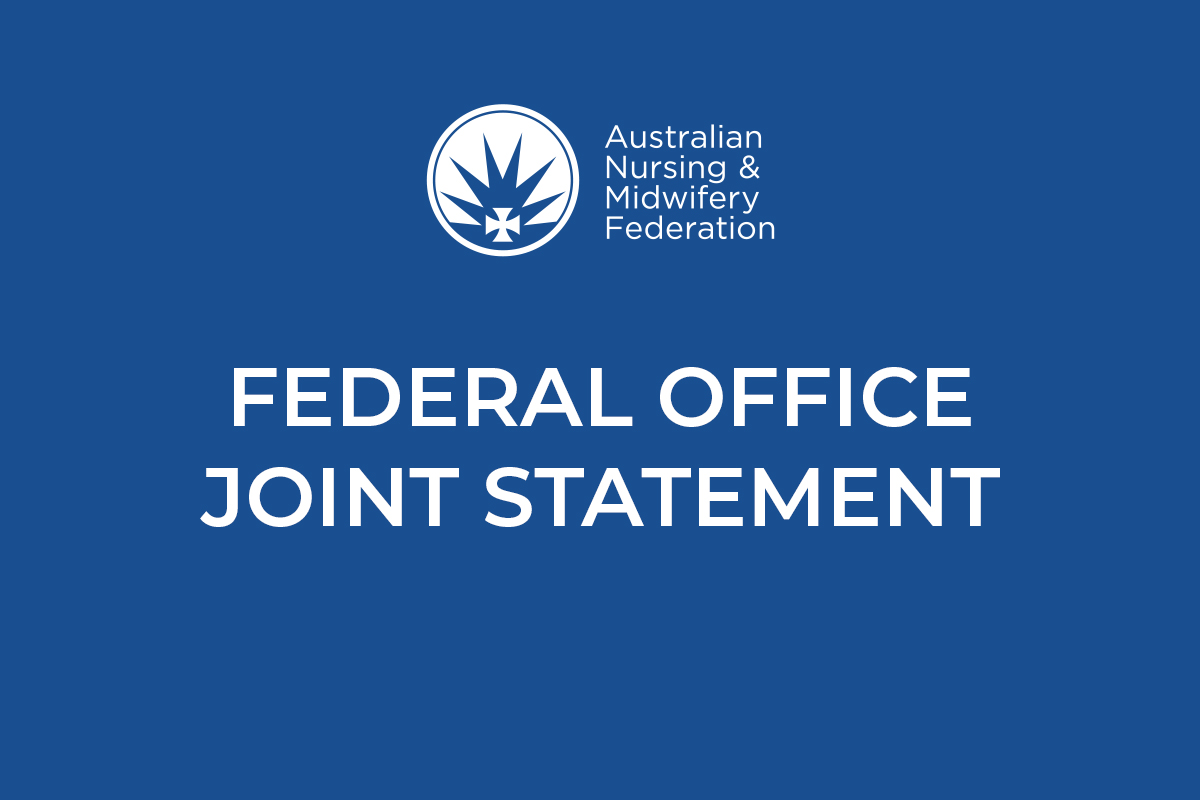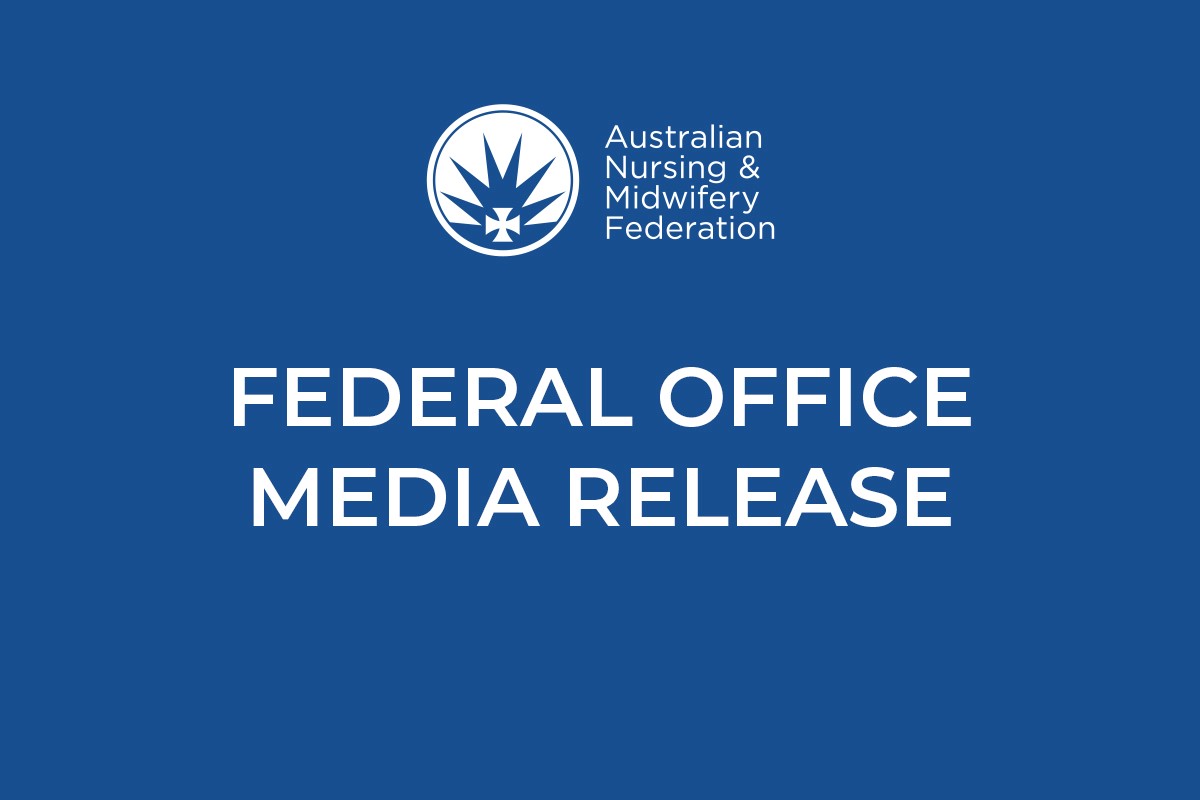
Paul Gilbert
We are close to the release of the aged care royal commissions’ report and recommendations.
After hundreds of hours of witnesses and their testimonies, there are high hopes that nurse/ carer to resident ratios will be introduced in all nursing homes.
The most recent release of the Howard Government cabinet papers was an unwelcome reminder that opposition to ratios is deeply entrenched in our political leaders and the aged care ‘market’.
And still it is hard to understand why anyone would argue against having a safe number of nurses and carers on every shift to provide proper care to residents.
We have some insight into the opposition after the 1 January 2021 release of the Howard government’s cabinet papers from the year 2000.
Then aged care minister Bronwyn Bishop argued in her cabinet submission, recommending some ‘fine tuning’ changes to the Aged Care Act 1997, that there were ‘good reasons not to return to nursing ratios’.
She advised the federal government’s highest decision-making body that residents with dementia didn’t really need nurses. ANMF members know these residents, who may be unable to articulate their needs, particularly need nurses who can identify and respond to the subtle signs of pain, discomfort, dehydration and hunger. But that was the advice of the day and it was accepted by cabinet.
Ms Bishop also said aged care providers believed mandated, minimum safe aged care staffing levels ‘would not deliver better care’.
And perhaps most revealing was the minister’s concern that if funding for aged care nurses was quarantined for that purpose only, the federal government may have to match funding to pay increases.
Instead the Howard Government relied on ‘mechanisms’ to address unsafe staffing that have never worked.
Since the introduction of the Aged Care Act 1997, aged care nurses and personal care workers have never given up on their residents. They never will. Nor will ANMF.
It’s crunch time for the royal commission. The final report is due on 26 February.
The voices of aged care nurses, carers and residents during the royal commission has been loud and clear. The commissioners must hear them and make recommendations that mandate safe staffing.
All nurses and carers want is to be able to do is provide residents with safe, quality and dignified care.
Mental health royal commission
The Andrews Government’s mental health royal commission will hand down its final report and recommendations by 5 February.
When announcing the royal commission in 2018, Premier Daniel Andrews has said his government would accept all of the recommendations to fix the mental health system which he described as ‘broken’.
Reforms, stemming from the interim report released in are already underway including an expansion of the Hospital Outreach Post-Suicidal after Engagement (HOPE) program and funding for 120 additional new graduate mental health nursing positions. ANMF (Vic Branch) is involved in implementation meetings with other health unions which have been productive.
ANMF is also finalising the public sector mental health and Forensicare enterprise agreements. These are designed to improve the conditions and working lives of our members. They will also ensure the mental health nursing workforce is ready to implement the next round of reforms.
The goal of the royal commission is to save lives.
If Victoria is to realise this ambitious task, the recommendations must include models of care with mental health nurses, including under-utilised enrolled nurses, at their heart to provide patients and clients with comprehensive, holistic care.
We already have our sleeves rolled up.




